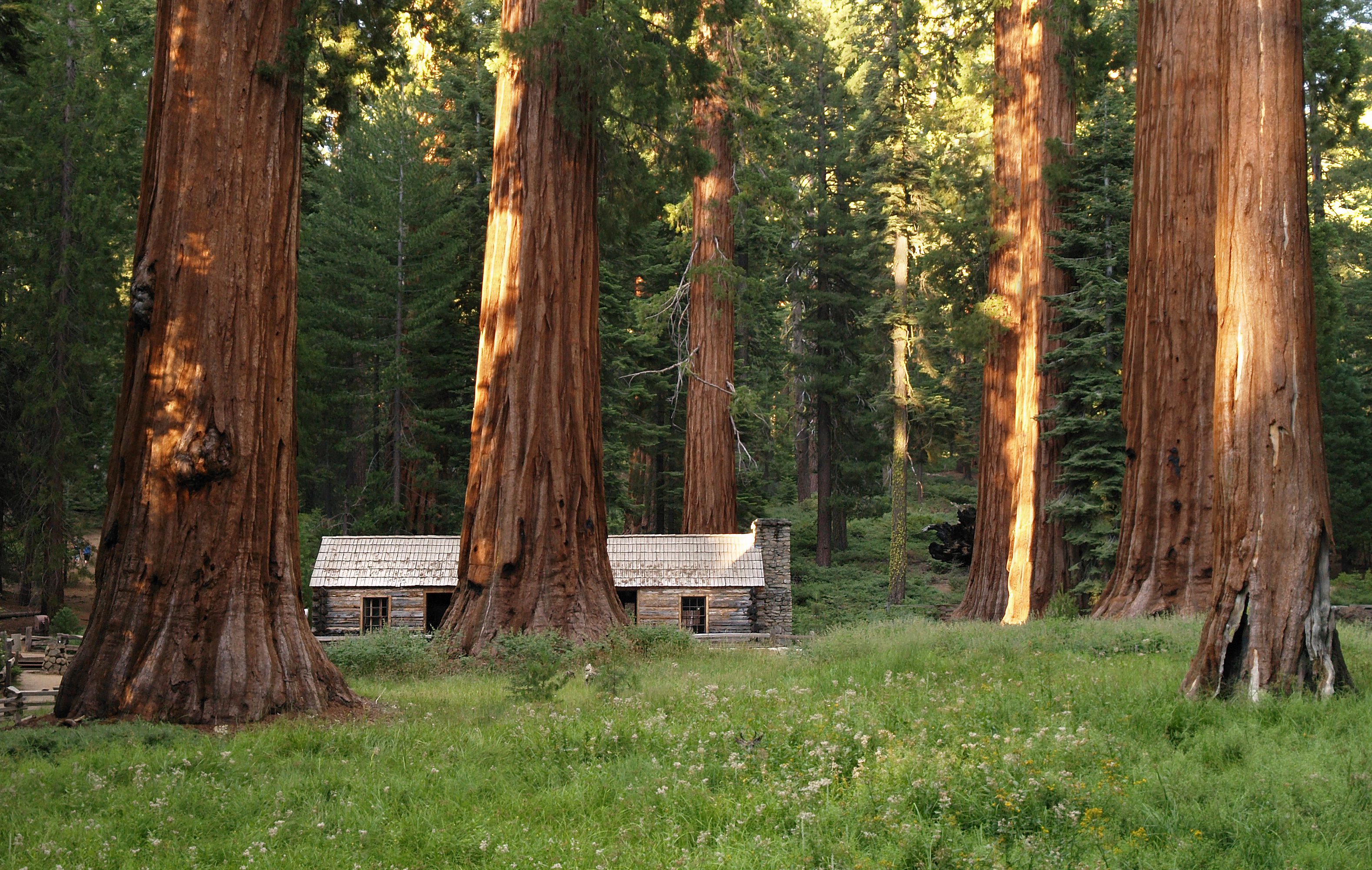On October 1, 1890, the U.S. Congress created Yosemite National Park, making it the 3rd National Park in the U.S. As we celebrate the birthday of one of the country’s most popular and recognizable national parks, it’s worth remembering that the park created in 1890 was substantially different than the park we think of today.
The National Park Builds on the Yosemite Grant of 1864
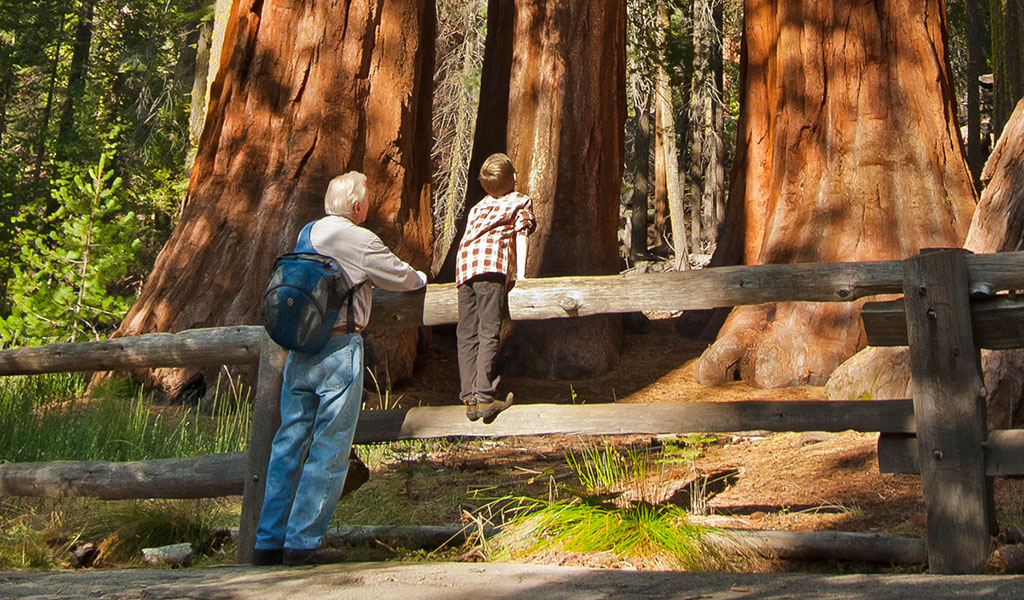
The Mariposa Grove of Giant Sequoias and Yosemite Valley were the first two areas to be protected.
Photo: Nancy Robbins
By 1890 the iconic Yosemite Valley and the Mariposa Grove of Giant Sequoias were already protected by the Yosemite Grant. Signed by President Lincoln in 1864, the Yosemite Grant was managed by the state of California, instead of the federal government.
Four years after the Yosemite Grant, John Muir, a naturalist and talented writer made his first trip to the Yosemite area. That trip began an ongoing love affair with the region, but Muir soon realized that there was trouble in paradise. The delicate ecosystems surrounding the areas protected by the Yosemite Grant were being overrun and needed help.
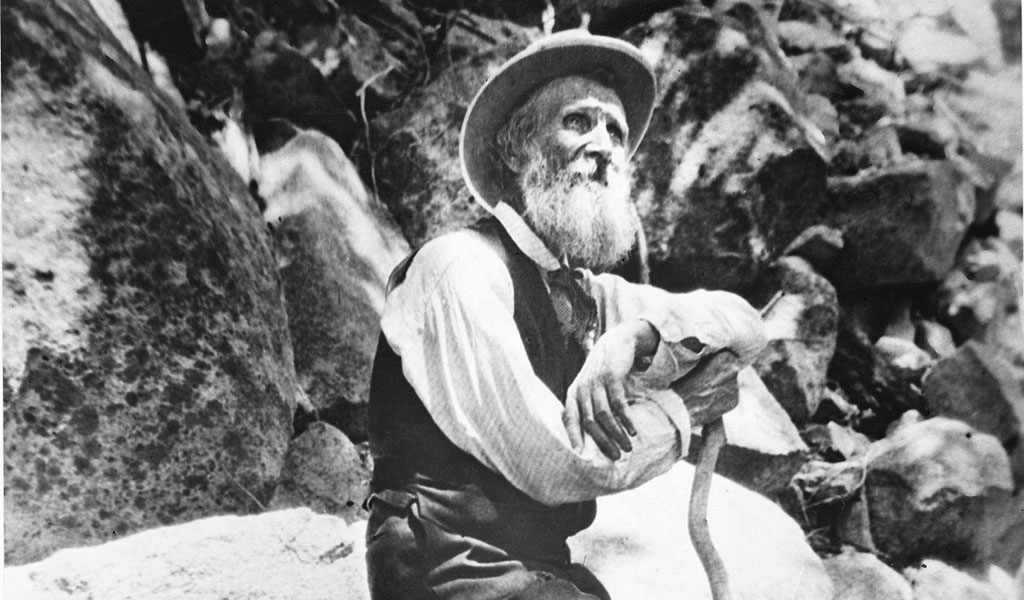
John Muir lobbied hard for the creation of Yosemite National Park to protect the region he loved. Photo: Francis Fultz (1907)
One year before Yosemite was fated to become a national park, Muir shared the magic of Yosemite and the surrounding area with editor Robert Underwood Johnson. Muir convinced him that this land needed the protection of a national park designation. Yellowstone had become a national park in 1872. Why not Yosemite? Johnson published an article by Muir on preserving the Yosemite area that helped to spark a bill in Congress. Together the two men worked on lobbying Congress to protect these precious spaces.
A year later, Yosemite National Park became a reality.
Yosemite National Park Boundaries Flex
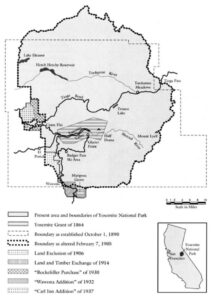
Map of changes to the Yosemite National Park boundary 1864 – 1937. Photo: NPS (click for larger version)
But there were obstacles. The government of the time could disregard the presence of local tribes such as the Miwok, Paiute, and Chukchansi, but other groups commanded their attention. More than 60,000 acres within the new park’s boundaries had already been claimed by mining, timber, and agricultural interests, and each claim created another opportunity to adjust the park boundary. The park shrank and changed shape.
Today, Yosemite’s 1,200 square miles (3,100 square km) still doesn’t match the original 1,500 (3,886) that were set aside in 1890.
Wawona Becomes Part of Yosemite National Park
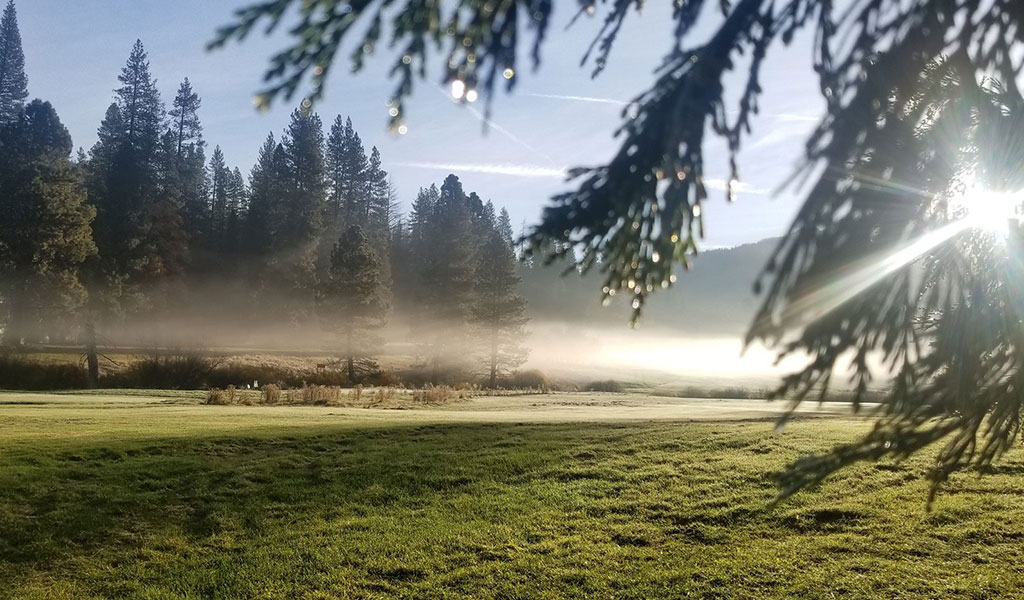
Wawona became part of Yosemite National Park in 1932.
The spring after Yosemite National Park was created, the acting superintendent of the new park, Captain A. E. Wood set up camp in Wawona with a company of cavalry assigned to protect Yosemite’s lands. Even though the Wawona Basin was not included in either the Yosemite Grant or the fledgling national park, it would serve as park headquarters until 1906 when the Yosemite Grant was added to the park and headquarters moved to Yosemite Valley.
The military presence boosted the hotels and businesses in Wawona, including the beginnings of what would become the Wawona Hotel of today.
That land was privately owned and managed until the U.S. Government purchased it in 1932. That sale, along with land from the U.S. Forest Service, and other smaller purchases, added another 8,785 acres to Yosemite National Park. At that point, only Section 35 in Wawona, originally owned by the Bruce family, remained privately owned. You can read more about some of those properties in the Recollections of Life and Events series hosted by The Redwoods In Yosemite, and even rent a cabin for your stay.
Ongoing Change
Since Yosemite National Park’s birth on October 1, 1890, the park has continued to grow. In 2011, the 400-acre Ackerson meadow was purchased from private owners and donated to the park by a coalition of groups including the Yosemite Conservancy. Ackerson Meadow is being restored and now provides a home to several rare species. And that is definitely something to celebrate.

